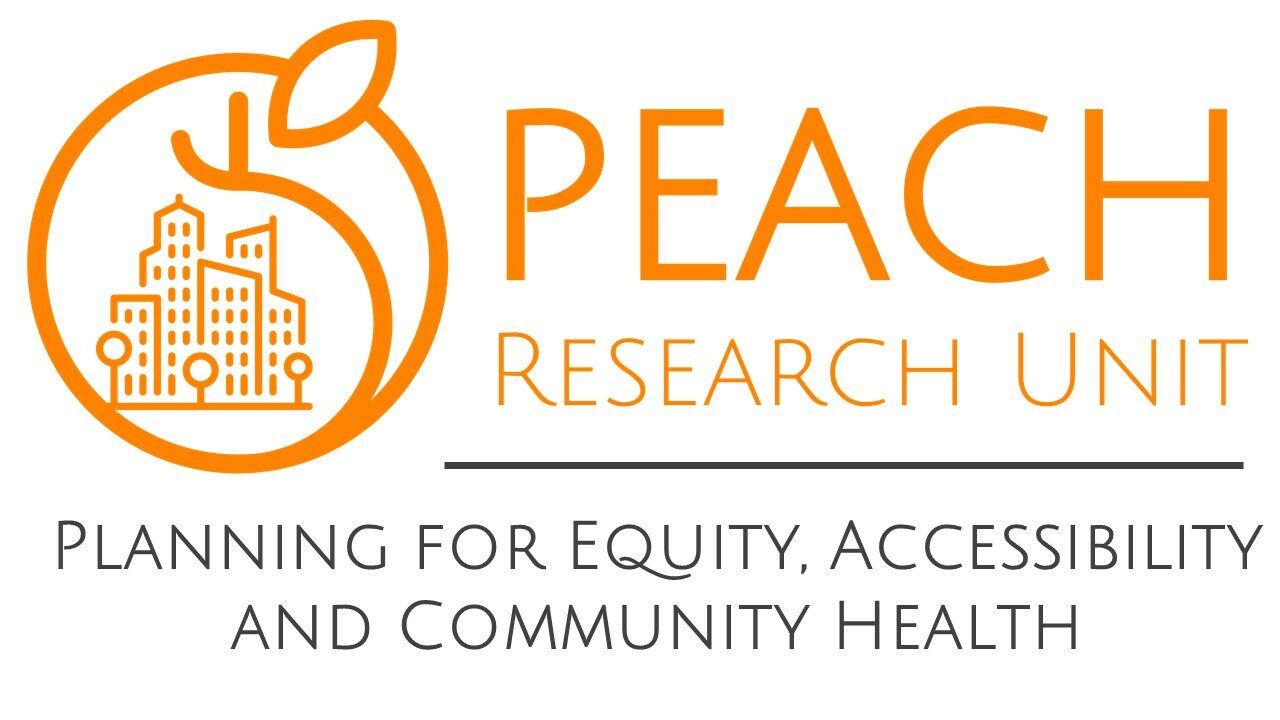Access to a Family Physician
Created by Sarah Bercu, MPlan Student

Patients with regular access to their family physicians are healthier overall and tend to require fewer hospitalizations1. Family physicians not only need to be within a reasonable distance from patients, but they must also have the time to see them. However, family physicians in Nova Scotia are often in short supply. Despite high demand, Nova Scotia has had a difficult time recruiting and retaining family physicians1. To measure access to family physicians in HRM, a family physician access score was calculated based on two variables: (1) a patient’s travel time/distance to a family physician and (2) the availability of family physicians in each neighbourhood.
To calculate patient travel time and distance for each neighbourhood, an Origin Destination Cost Matrix (OD Matrix) tool in GIS was used to measure the distance between dissemination block (DB) centres and nearby family physician clinics. Data from the NS Road Network Database, which includes travel times in its datasheets, was used in conjunction with DB boundary data from Statistics Canada to derive distance and travel time. DBs are the smallest geographic areas for which data is collected for the census. To calculate a neighbourhood’s score, the scores of all DBs within a neighbourhood were added together.
The availability of family physicians was calculated using the physician directory available online and the data collected for the Models and Access Atlas of Primary Care (MAAP) project led by Emily Marshall, Professor at Family Medicine, Dalhousie University, and a Team member of the SAMoSA project. The Halifax portion of the data was extracted and used to calculate the indicator. The MAAP survey asked family physicians how many hours per week they spent on patient care. From these reported working hours, each physician’s full time equivalent (FTE) score was calculated by dividing their working hours by 35. For example, if the working hours of a family physician reported were 17, the availability score was calculated as 0.5. For some physicians, the FTE was estimated based on the average FTE of physicians by gender of the physician and location of practice.
Both of these variables contributed to the final family physician access score for each neighbourhood. Patient travel time and distance and availability of family physicians were inputted into a Gravity Model calculation derived from a distance/travel time decay function2. DBs with travel times greater than 60 minutes were excluded from the study, as they were considered to have very low access. The final score of each COMe was determined by calculating the average score of all DBs within their COMe boundary.
1. Doctors Nova Scotia & Nova Scotia College of Family Physicians (2019). The Backbone of Primary Healthcare: The Role and Value of Family Physicians in Nova Scotia. https://doctorsns.com/sites/default/files/2019-01/next-steps/Role-of-Family-Physician-position- paper.pdf
2. Schurrman, N., Berube, M., & Crooks, V.A. (2010). Measuring potential spatial access to primary healthcare physicians using a modified gravity model. Canadian Geographer, 54(1), 29-45.
